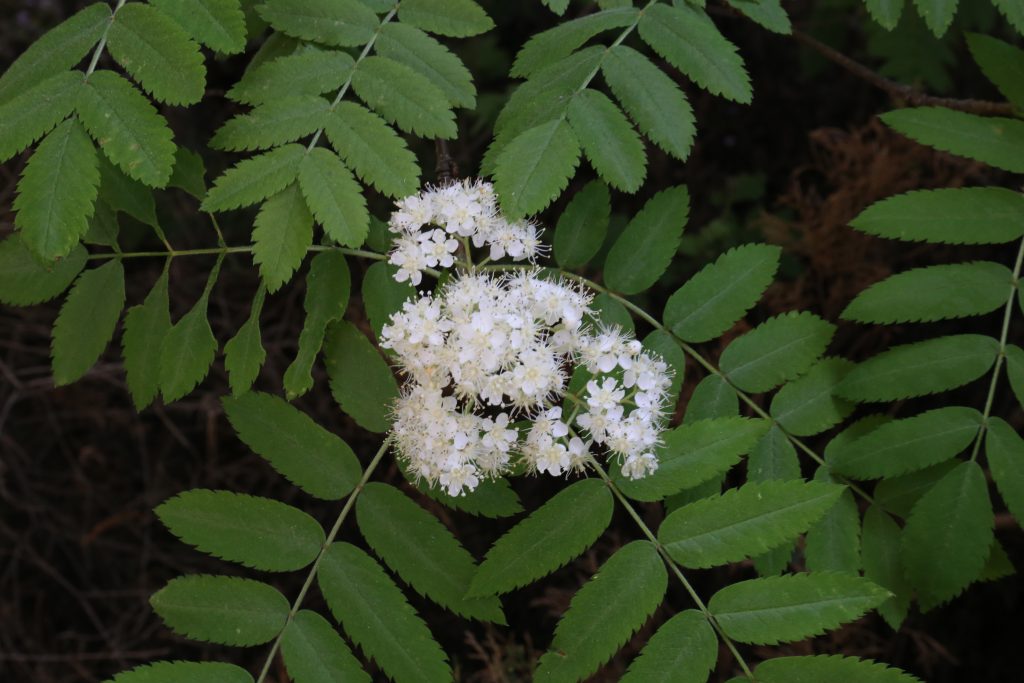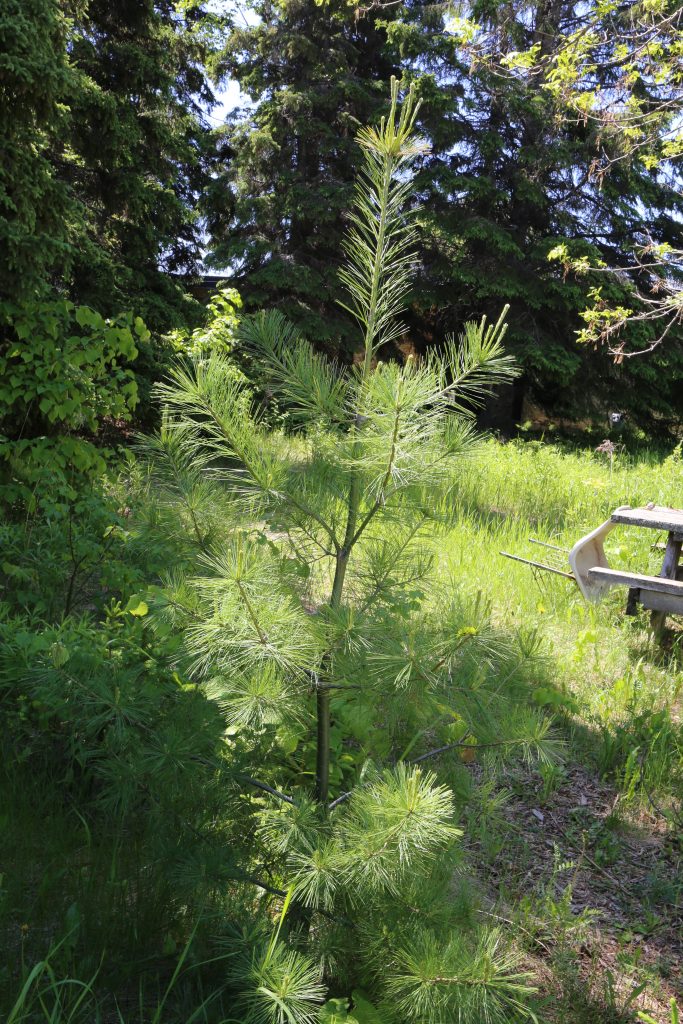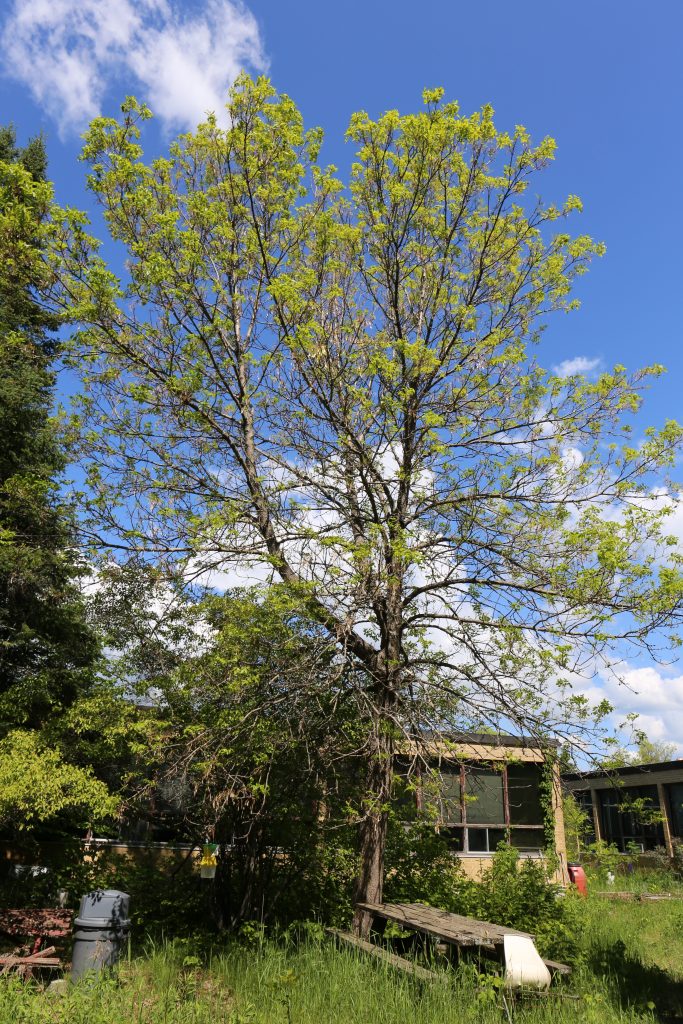Trees
From the SW entrance to the Braun Building, with the main office of the Faculty of Natural Resource Management (NRM, formerly Forestry) to your left, head down the main corridor along the row of faculty offices (signs for Braun Building Courtyard). On your right hand side, you will see signs for the two somewhat hidden entrances to the courtyard in the center of the building. IGNORE the first entrance, the door tends to be locked!! Use the second entrance in the NE corner of the court yard. The site is a bit neglected and only periodically used or maintained by volunteers. Due to its protection from the elements and some care from NRM faculty contains a few unusual plants and trees (but almost no lichens!). Wander around aimlessly and see if you can find some of the trees mentioned. Right at the entrance are a few decorative trees and bushes: unknown variety of hydrangea and Albert spruce (Picea glauca var. albertiana conica (Fig 10-1). Volunteers of heart-leaved linden are everywhere.
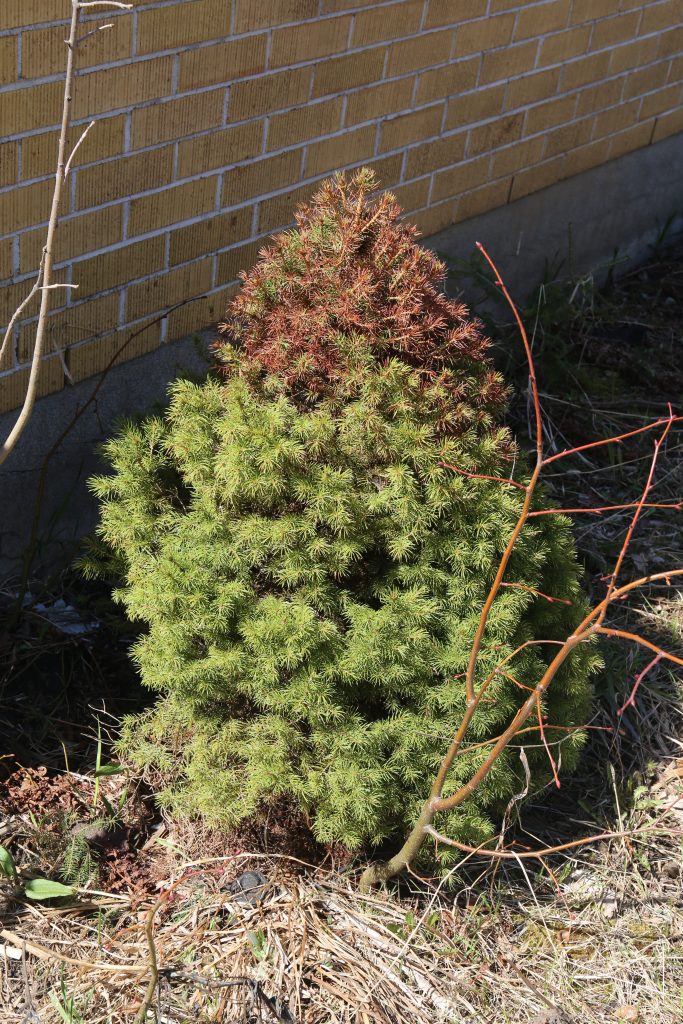
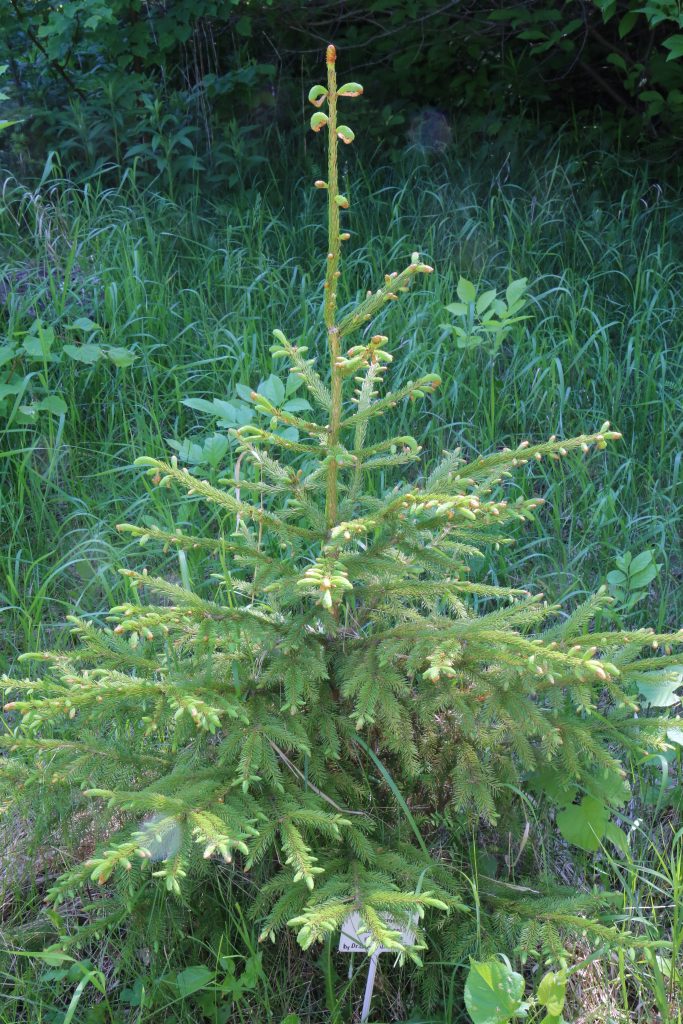
Dr. Leonard Hutchison planted a red spruce (Picea rubens) from Eastern Canada in 2002 (Fig. 10-2). In the corner to the right and far away from the entrance are two older specimens of Rocky Mountain Douglas fir (Pseudotsuga menziesii, Fig 10-3) and Colorado fir (Abies concolor). In the far left corner can be found local balsam fir (Abies balsamea) and white spruce (Picea glauca). The ground is covered in places by vines of Manitoba grape (Vitis labrusca) (Fig. 10-5 ).
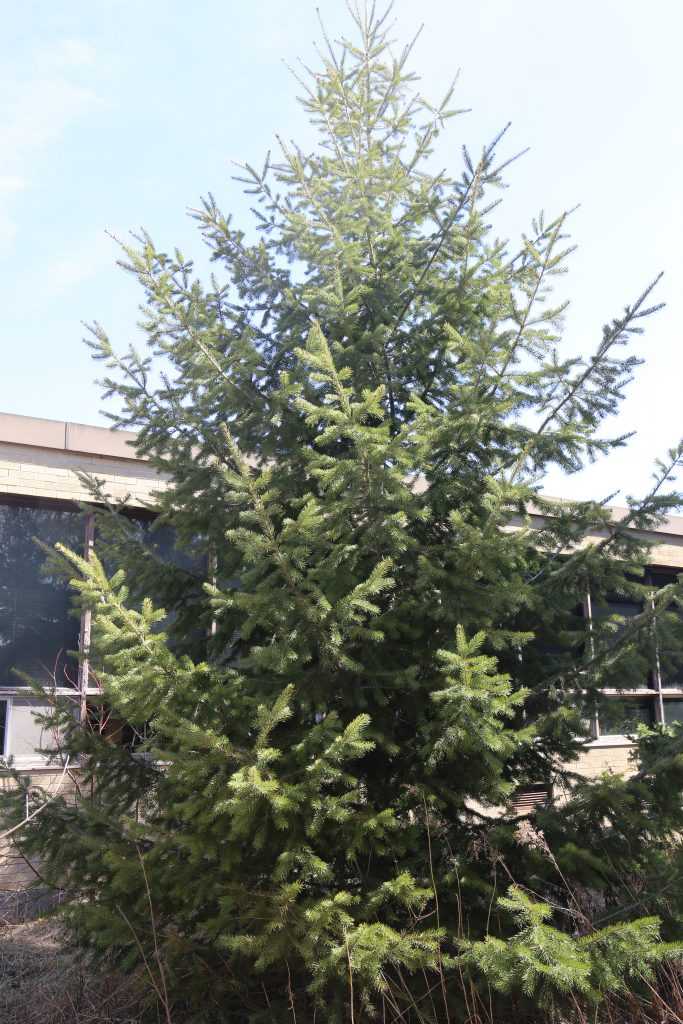
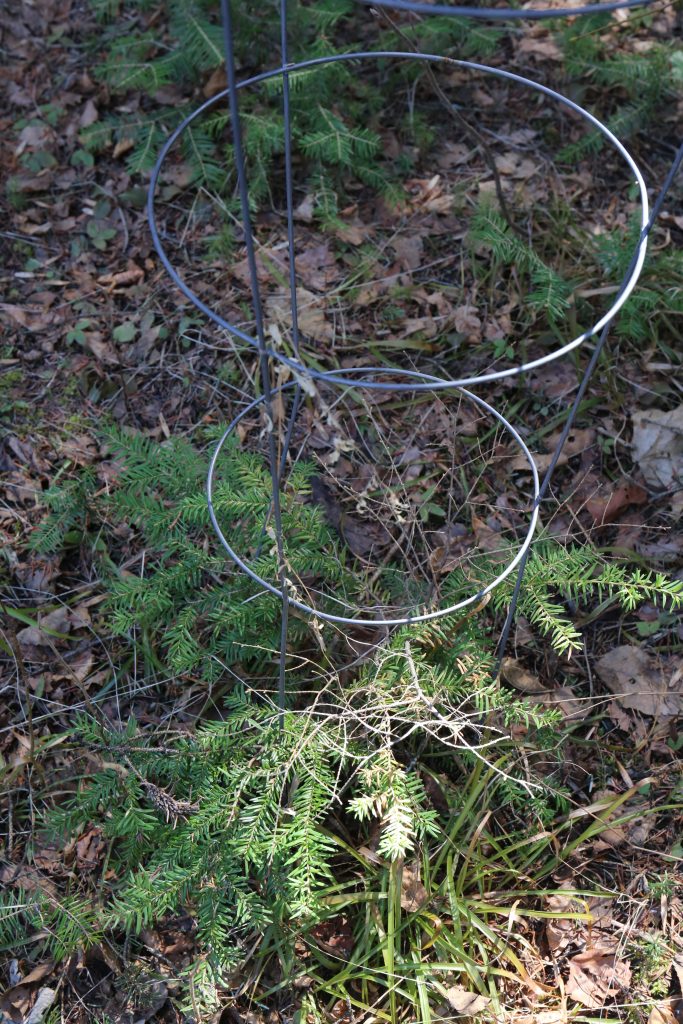
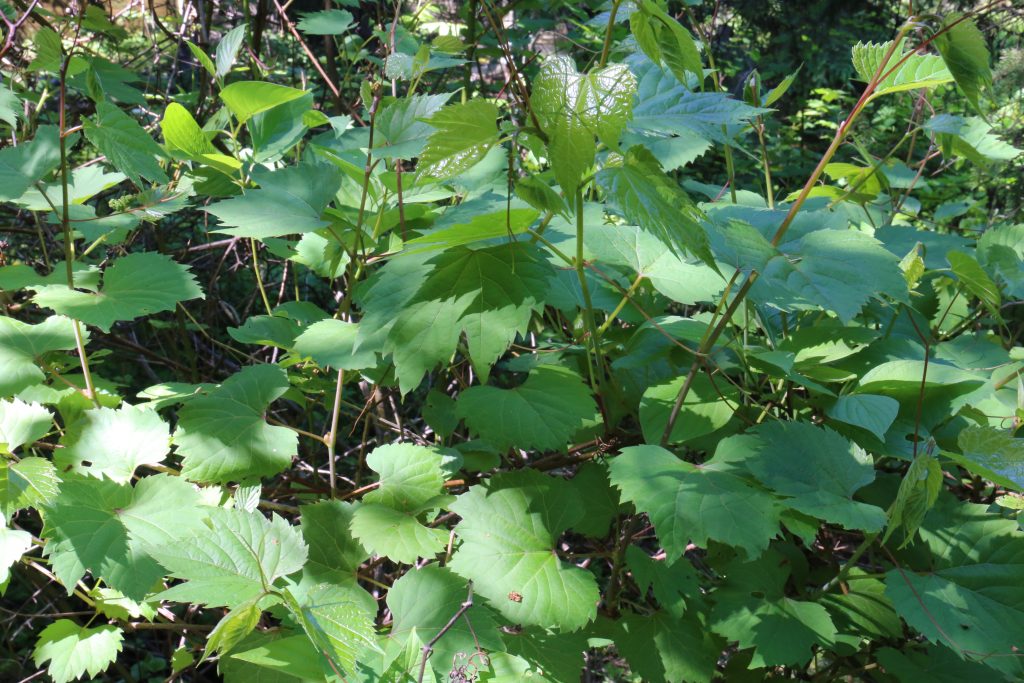
Deciduous trees are represented by paper birch (Betula papyrifera) and introduced ornamental (colourful in Autumn) Amur maple (Acer ginnala) (Fig. ) as well as numerous seedlings of linden and other trees.
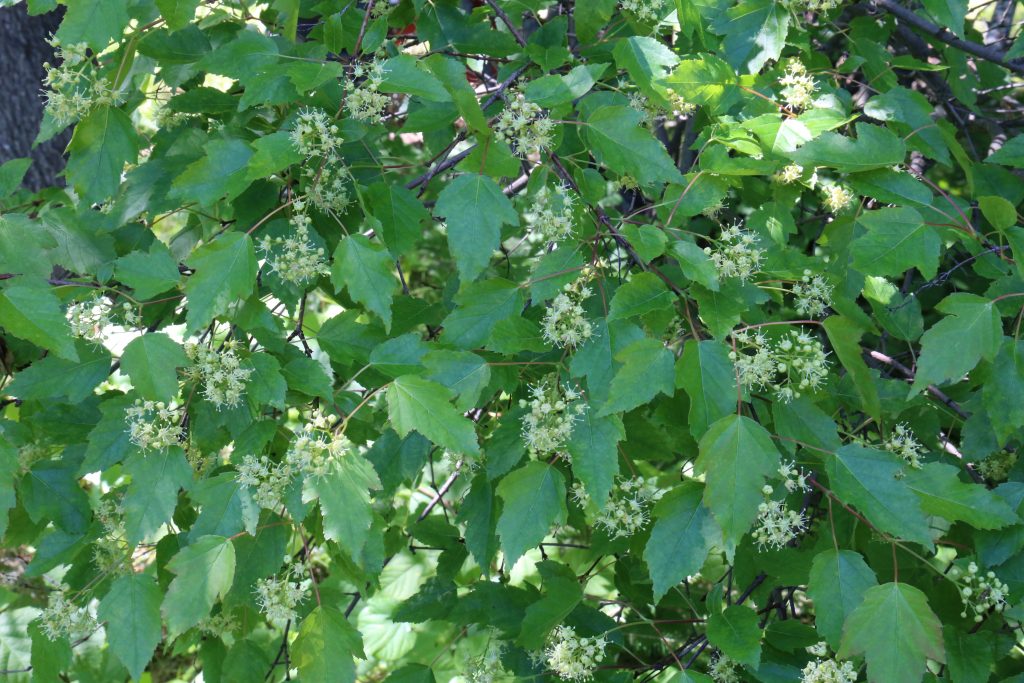
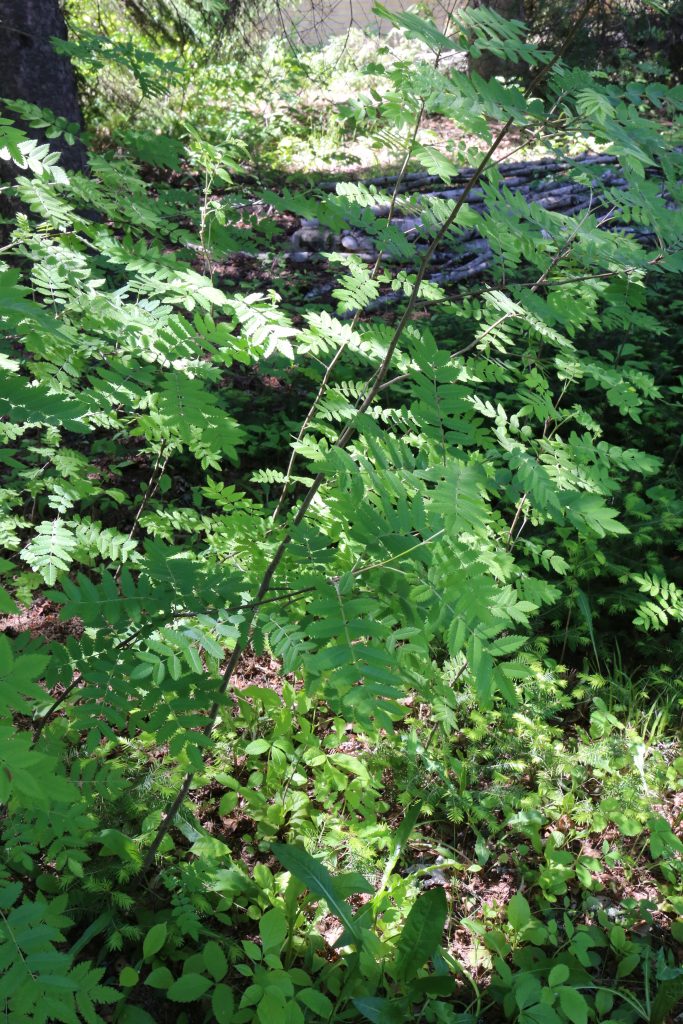
Seedlings of various self-seeded trees are scattered throughout: in addition to heart-leaved linden also mountain ash Sorbus decora (Fig. 10-7 and 8), white pine Pinus strobus (Fig. 10-9) and prolific seed producer green ash Fraxinus pennsylvanica (Fig 10-10 and 11).
